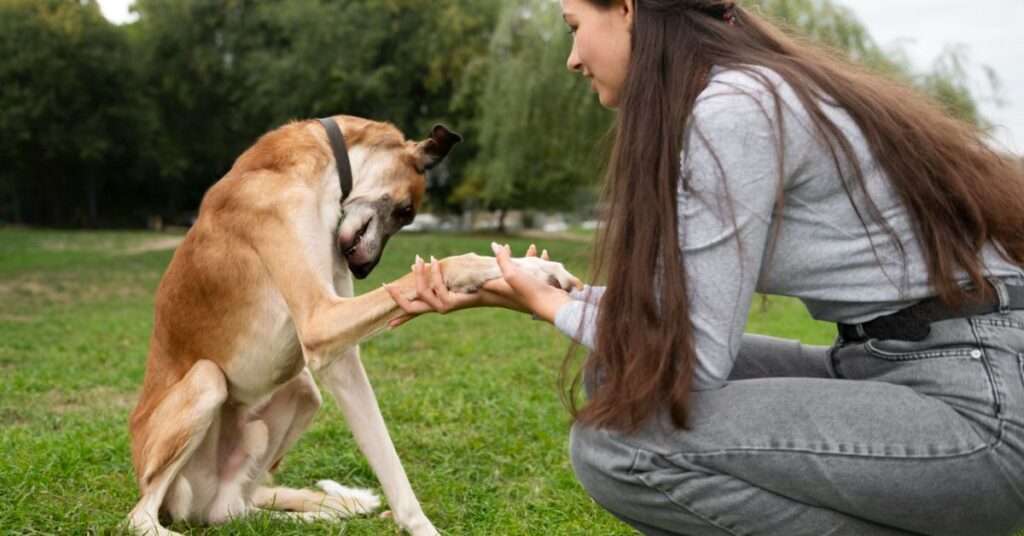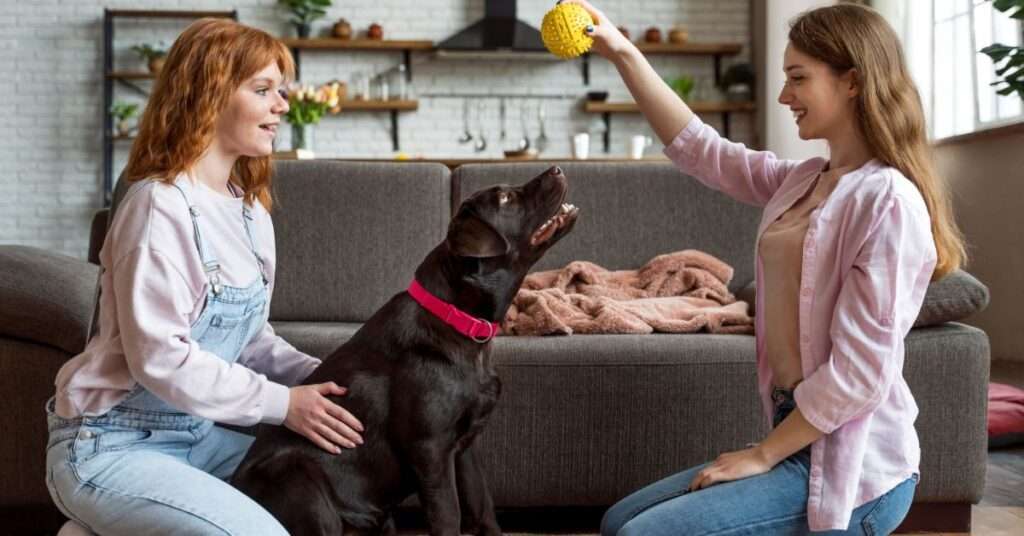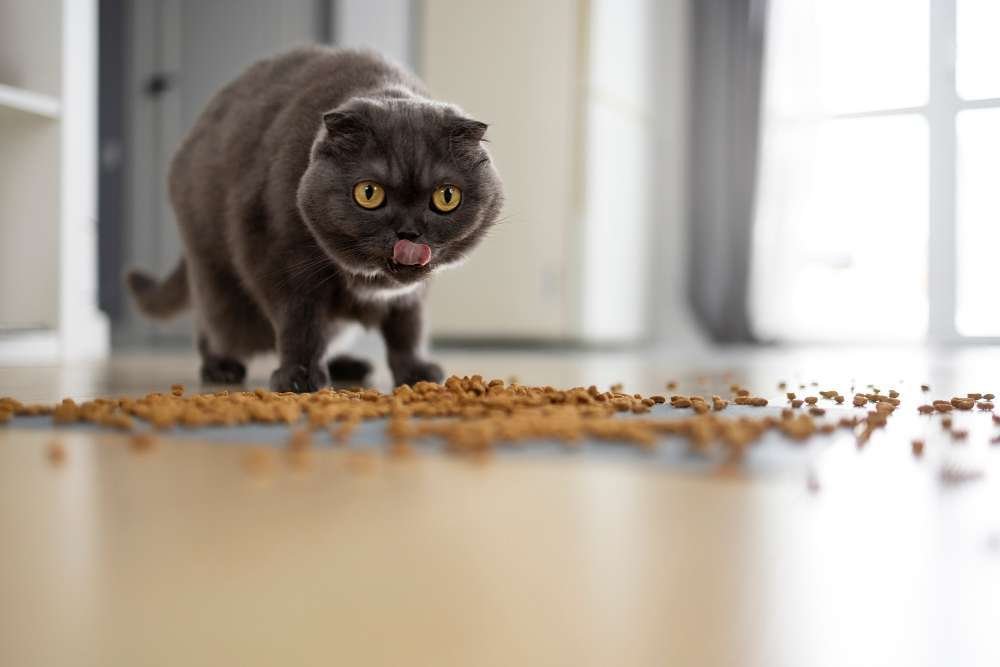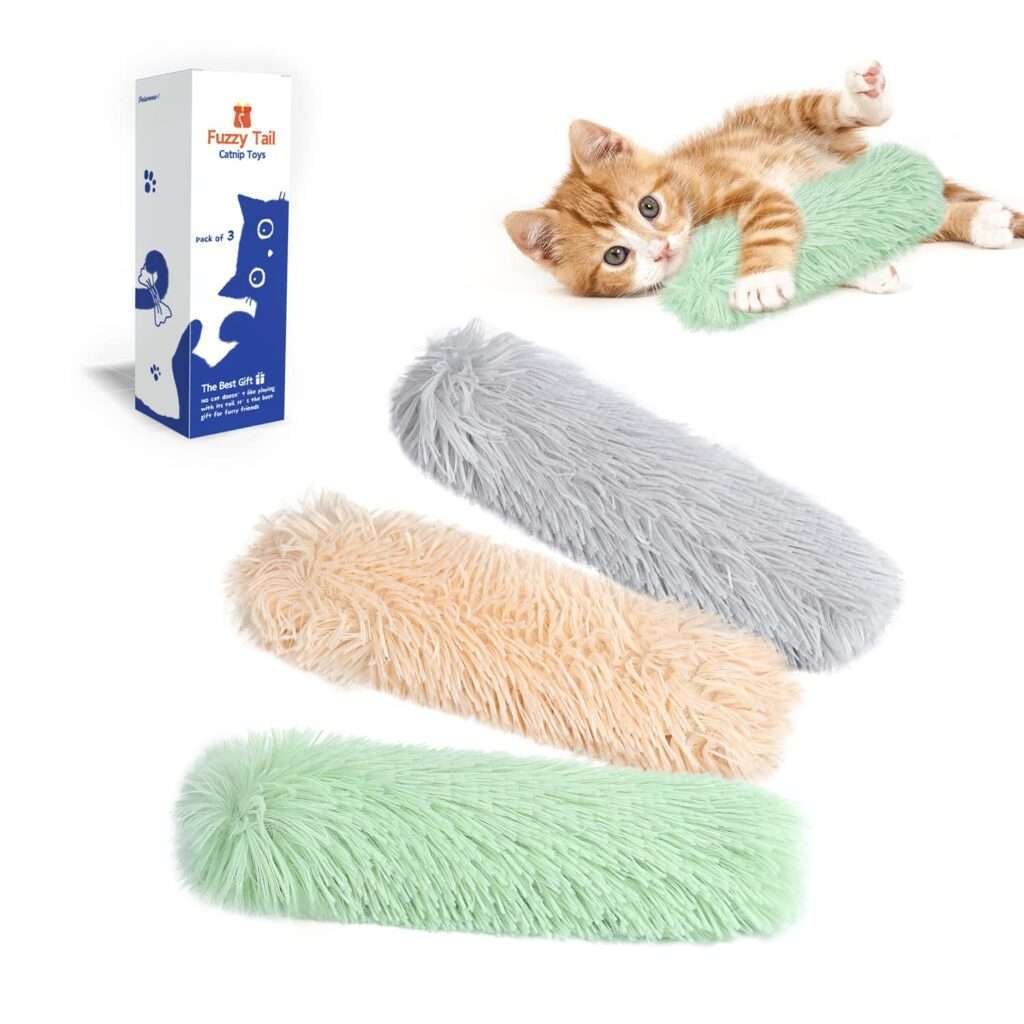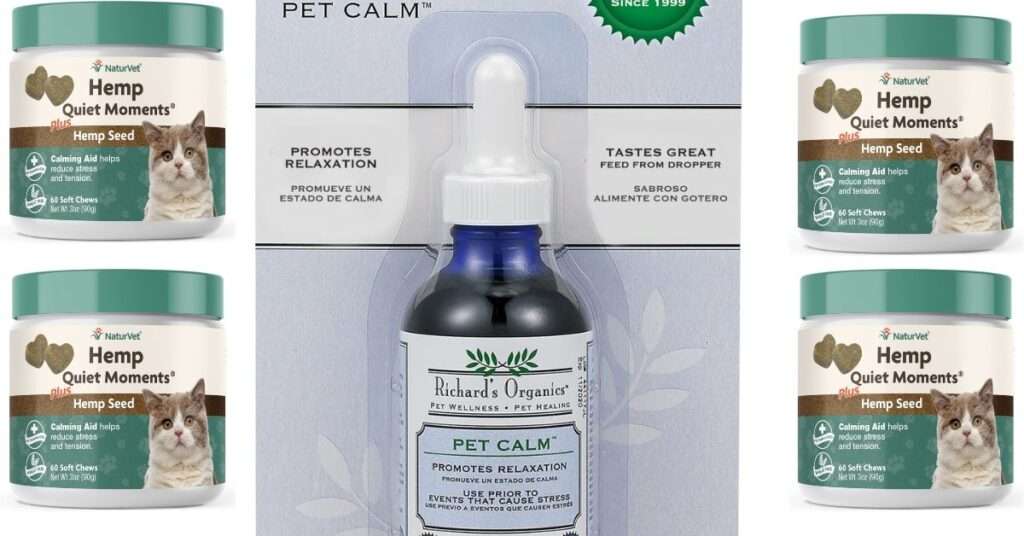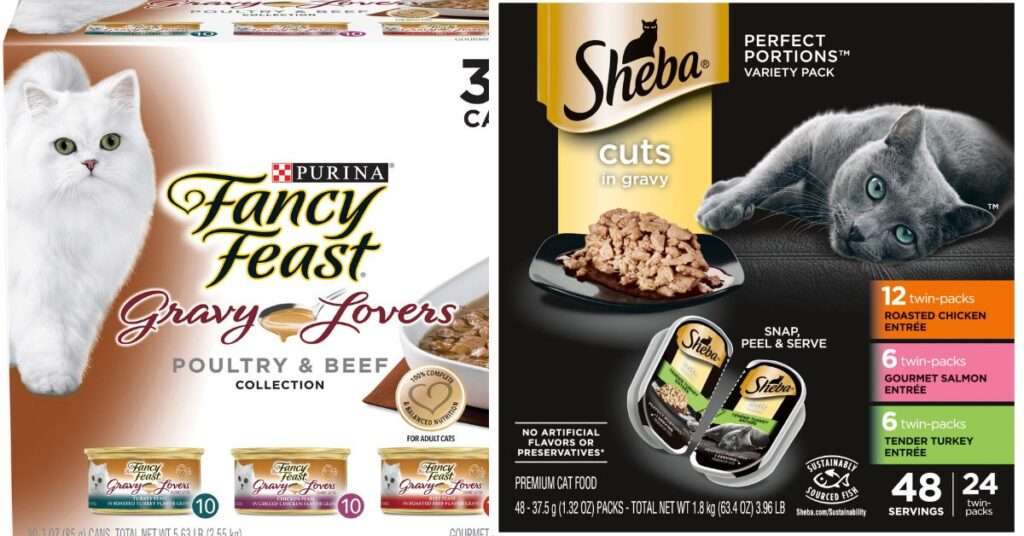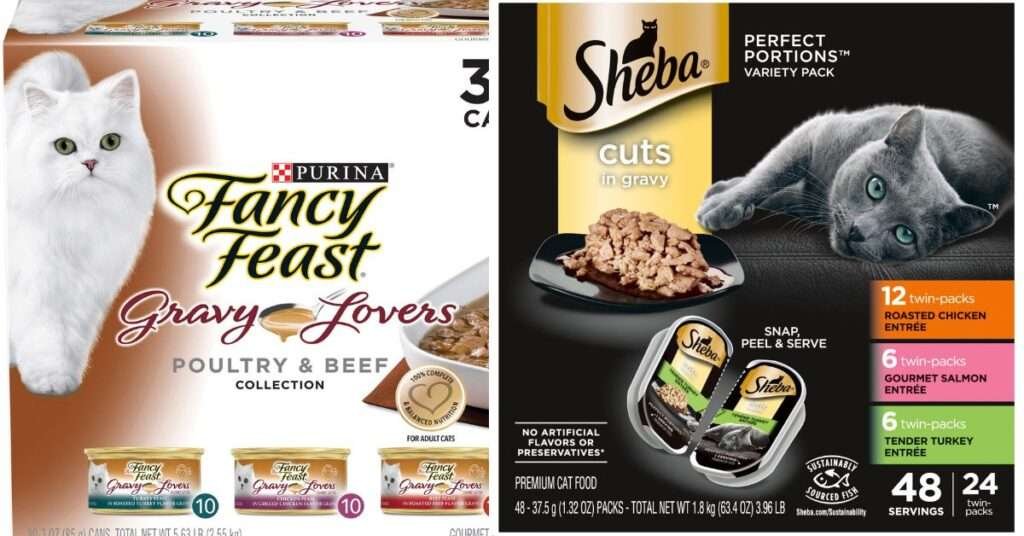Buy Best Products for Pet Management of Home
In a mordant home, pet management is crucial for creating a harmonious living environment that balances the needs of your pets with the dark, sophisticated aesthetic of the space.
Proper pet management encompasses various aspects, including creating a safe and pet-friendly environment, maintaining their health and hygiene, and ensuring their emotional well-being.
This comprehensive guideline will provide you with detailed tips and ideas for managing pets in a mordant home, covering topics such as pet-friendly furniture, grooming, feeding, exercise, and creating a stimulating environment.
Creating a Pet-Friendly Environment
1) Pet-Friendly Furniture and Decor
Choose furniture with dark-colored upholstery or patterns that can camouflage pet fur and stains.
Opt for materials that are durable and easy to clean, such as microfiber or leather.
Incorporate scratching posts or pads to redirect your pet’s natural urge to scratch away from furniture.
Avoid delicate or fragile decor items that can be easily knocked over or damaged.
2) Safe and Hazard-Free Space
Secure electrical cords and hide them away or use cord covers to prevent pets from chewing on them.
Store toxic substances, such as cleaning supplies, medications, or plants, in secure cabinets or out of reach.
Use pet-friendly plants that are non-toxic to cats and dogs to add greenery without risking their health.
Install pet gates or barriers to restrict access to certain areas, especially if there are delicate or hazardous items present.
3) Comfortable and Stimulating Pet Areas
Provide cozy and comfortable beds for your pets in dark colors that blend with the mordant aesthetic.
Create designated play areas with scratching surfaces, toys, and interactive games to stimulate their minds and keep them entertained.
Incorporate hiding spots or tunnels to mimic natural environments and provide a sense of security for your pets.
Pet Health and Hygiene
1) Regular Veterinary Care
Schedule regular veterinary check-ups to monitor your pet’s overall health and address any potential issues.
Stay up to date with vaccinations, parasite control, and preventive measures recommended by your veterinarian.
Discuss spaying or neutering with your vet to help prevent behavioral issues and unwanted litters.
2) Grooming
Establish a regular grooming routine to keep your pets clean and comfortable.
Brush their coat regularly to minimize shedding, prevent matting, and bond with your pet.
Trim their nails, clean their ears, and brush their teeth to maintain their overall hygiene.
Use grooming products suited for your pet’s specific needs and consult with professionals if necessary.
3) Bathing
Follow a bathing schedule appropriate for your pet’s breed and coat type.
Use pet-friendly shampoos and conditioners that are gentle on their skin and coat.
Thoroughly rinse and dry your pet after bathing to prevent skin issues.
Feeding and Nutrition
1) Balanced Diet
Consult with your veterinarian to determine the appropriate diet for your pet’s age, breed, and health condition.
Provide high-quality pet food that meets their nutritional requirements.
Consider feeding them dark-colored or mordant-themed food bowls that align with the aesthetic of your home.
2) Portion Control and Feeding Schedule
Measure your pet’s food portions to prevent overeating or underfeeding.
Follow a consistent feeding schedule to maintain their digestive health and prevent behavioral issues.
3) Hydration
Ensure your pets have access to fresh, clean water at all times.
Consider using pet-friendly water fountains to encourage hydration and add an aesthetic touch.
Exercise and Mental Stimulation
1) Daily Exercise
Engage your pets in
regular exercise to promote their physical and mental well-being.
Designate a space for playtime and incorporate interactive toys or puzzle feeders to keep them mentally stimulated.
Take them for walks, play fetch, or engage in other activities that cater to their breed and energy level.
2) Enrichment Activities
Provide toys that offer mental stimulation, such as treat-dispensing puzzles or interactive toys that challenge their problem-solving abilities.
Rotate their toys regularly to keep them engaged and prevent boredom.
Create an enriching environment with scratching posts, climbing trees, or tunnels to cater to their natural instincts.
Emotional Well-being
1) Bonding and Socialization
Spend quality time with your pets, engaging in activities they enjoy, such as playtime or cuddling.
Encourage socialization with other pets or friendly humans to prevent anxiety or aggression issues.
Provide a designated space for them to retreat to when they need alone time.
2) Positive Reinforcement
Use positive reinforcement techniques to reward desired behaviors and train them effectively.
Avoid harsh punishments or negative reinforcement methods that may harm their emotional well-being.
3) Mental Stimulation
Engage your pets’ minds by teaching them new tricks, commands, or participating in obedience training.
Consider using interactive games or puzzles to challenge their intellect and keep them mentally stimulated. View more.
Conclusion
By following these comprehensive guidelines for pet management in a mordant home, you can ensure the well-being of your pets while maintaining the dark and sophisticated aesthetic of your living space.
Create a pet-friendly environment with appropriate furniture, ensure their health and hygiene through regular grooming and veterinary care, provide a balanced diet, and engage them in regular exercise and mental stimulation.
By prioritizing their emotional well-being, you can create a harmonious and fulfilling environment for both you and your beloved pets in your mordant home.


